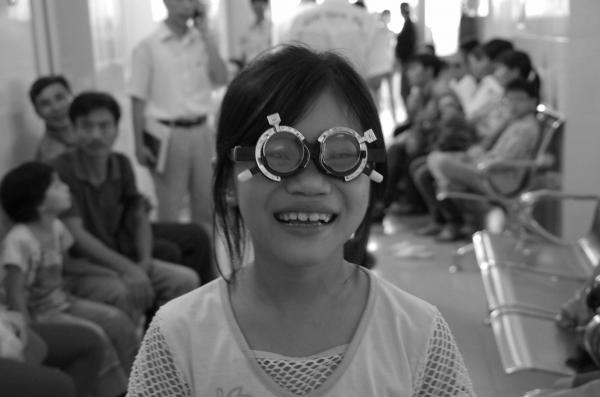Today is World AIDS Day. Around 34 million people worldwide have HIV. 25 million have died from AIDS, 1.7 million of them in 2011. Just try to imagine what that number means. When I was a medical student and trainee ophthalmologist sight-threatening complications of HIV infection, such as CMV retinitis, acute retinal necrosis and progressive outer retinal necrosis, were fairly common, and many of our patients with AIDS ultimately died.
In Australia now we perhaps tend to complacency because most Australians with HIV are being treated with anti-retroviral therapy (ART), which stops viral replication and allows the patient’s immune system to function better, and significantly reduces the risk of passing the virus on. Australians with HIV can look at this disease now as a chronic illness that needs to be managed, and the sight- and life-threatening complications of AIDS are vastly less common than they once were.
But for many people worldwide, especially those in low- and middle-income countries, the reality is very different. Almost 3 ½ million children worldwide have HIV/AIDS, a devastating figure since ART would make mother-to-child transmission largely avoidable. In 2011 57% of pregnant women with HIV worldwide were treated with ART. The ongoing challenge is to increase that number, and to reduce the incidence of new infections.
The World Heath Organization (WHO) recommends a series of strategies to achieve this, including male & female condom use, testing & counselling for HIV and other STIs (sexually transmitted infections), ART for the infected partner in a relationship and after exposure to HIV (eg after needle-stick injuries in healthcare workers), harm reduction for injecting drug users, and the elimination of mother-to-child transmission of HIV.



